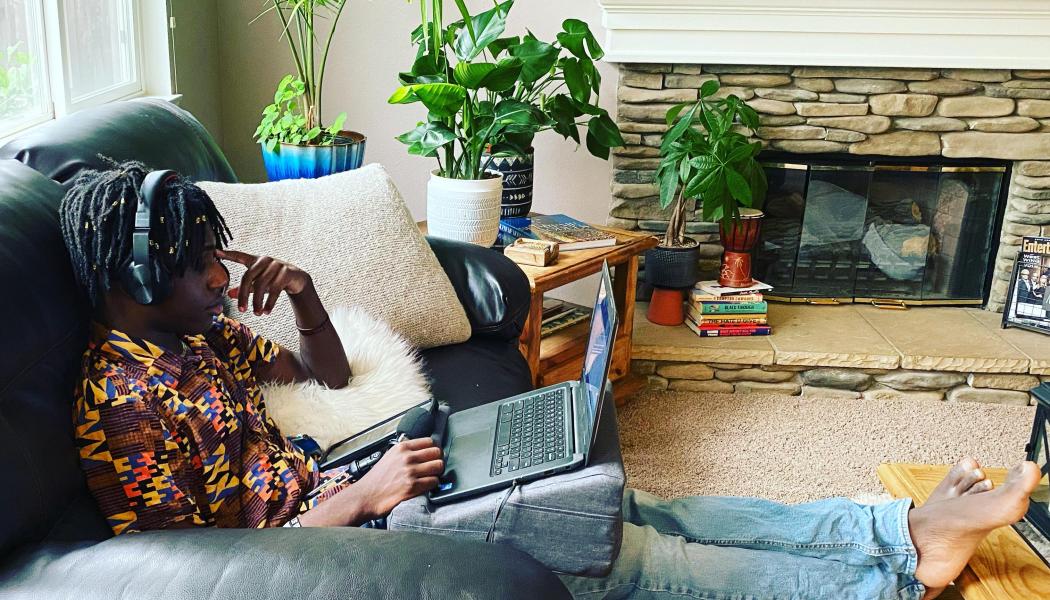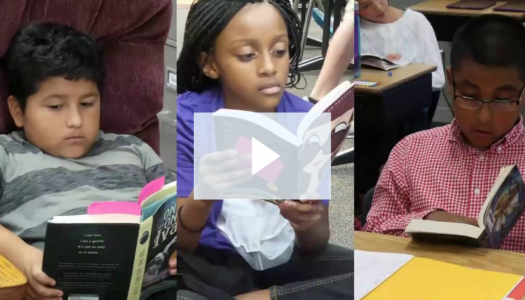
Shandreka B. Rankin
I’m in several “mommy” and teacher groups on social media, and virtual classroom expectations have been a trending topic for weeks. You may have seen different screenshots of “expectations” circulating on the internet, too. From requiring shoes, upright posture, and cameras on, to banning food, drinks, and blankets, students are being asked to work from home as though they are at school.
Looking at my home work space, I notice my daughter often has a pillow and blanket at her desk while working. I also notice that my son refuses to work from any of the desks we ordered, but opts to use the lap desk to work from literally any area other than the “work space” his teacher mom created! They are comfortable, confident, and highly engaged every time I peek in on them. 
We know students learn best when they’re comfortable and their basic needs are met. This is why so many of us adapted our classrooms with flexible seating (comfort) and kept snacks on hand (just in case a student missed breakfast). With in-person learning, we did what we could to keep students focused on learning. We worked within our range of control.
With distance learning, the things we are able to control are significantly different. We can control how and when we show up for our students, and we have to trust that our students and families are doing their best to do the same. We must be aware of the cultural, environmental, and socioeconomic differences that exist in our students’ homes.
So what if they show up with a snack—they still showed up today.
So what if they’re wearing PJs (their body properly covered)—they still showed up today.
Like my daughter, many are showing up with blankets or holding a stuffed animal to help with calming, or just because they’re cold—they still showed up today.
And can we please stop making it mandatory for students to turn on their cameras? We can verify their presence and participation using the microphone and/or chat feature while honoring their comfort levels, because at the end of the day—they still showed up.
Our kids are showing up for us in multiple ways, and now we have to show up for them. Instead of regulating students’ bodies and surroundings, let’s focus on learning and creating a safe and welcoming environment for all students.









